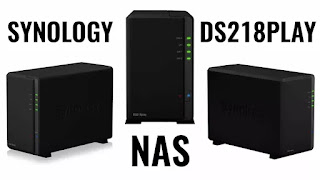Understanding 220V Single-Phase Power: Hot, Neutral, and Ground Wires
Most electrical installations in homes and offices are based on a 220V single-phase AC power system. To use electricity safely and efficiently, it is essential to understand the structure and roles of the hot wire, neutral wire, and ground wire. This post provides a detailed explanation of the basic configuration of 220V single-phase power and the functions of each wire.
Basic Structure of 220V Single-Phase Power
The 220V single-phase power system consists of a hot wire (Live), a neutral wire, and a protective ground wire (PE). To allow current to flow, there must be a potential difference, and in this system, 220V AC is generated between the hot and neutral wires.
The hot wire supplies electrical energy and is typically marked with brown or black color. The neutral wire serves as the return path for current and maintains 0V by connecting to the ground at the main distribution panel. The ground wire provides safety by preventing electric shock and fire hazards through proper grounding of equipment enclosures.
Roles of Hot, Neutral, and Ground Wires
- Hot wire (Live, L): Supplies voltage and electrical energy.
- Neutral wire (N): Acts as the return path for current and connects to the ground at the power source.
- Ground wire (PE): Protective earth wire for safety, connected to the metal casing of electrical devices.
Color Coding of 220V Single-Phase Wiring
Wire colors may vary depending on the country, but in Korea, the following standard is generally used:
- Hot wire: Brown or black
- Neutral wire: Blue
- Ground wire: Green or yellow with green stripes
Following these color codes helps prevent wiring mistakes and enhances safety, especially in industrial sites and large-scale equipment where color standards are strictly enforced.
How to Identify Hot and Neutral Wires
Accurately identifying the hot and neutral wires is crucial during electrical work. Here are some common methods:
- Using a tester pen: Only the hot wire will indicate voltage when tested.
- Checking wire colors: Identify wires based on the color coding standards.
- Inspecting the breaker box: One terminal of the breaker is usually the hot wire, and the other is the neutral wire.
Safety Tips for Using 220V Single-Phase Power
- Always disconnect power before working: Switch off the breaker or unplug devices before performing any electrical work.
- Check grounding status: Ensure proper grounding for reliable operation of circuit breakers and protection devices.
- Inspect insulation regularly: Verify that cable insulation is intact and undamaged.
- Use certified materials: Select wires, breakers, and plugs that comply with KS certification or international standards.
Examples of 220V Single-Phase Power Applications
Most household electrical devices operate on 220V single-phase power. Appliances such as rice cookers, electric heaters, lighting fixtures, refrigerators, and washing machines use this system. In industrial settings, single-phase power is also used for small machinery and control circuits, although three-phase power may be required for larger equipment.
By understanding the roles of the hot and neutral wires, you can use electrical devices safely and efficiently. This knowledge is particularly important for those involved in electrical work or equipment maintenance.
Conclusion
In a 220V single-phase power system, the hot and neutral wires serve essential roles in supplying and returning current. The ground wire adds another layer of safety by preventing electric shocks and potential fires. Correct understanding and proper handling of these wires are the foundation of electrical safety. Continue to prioritize safe practices and reliable knowledge for efficient and secure use of electricity.



